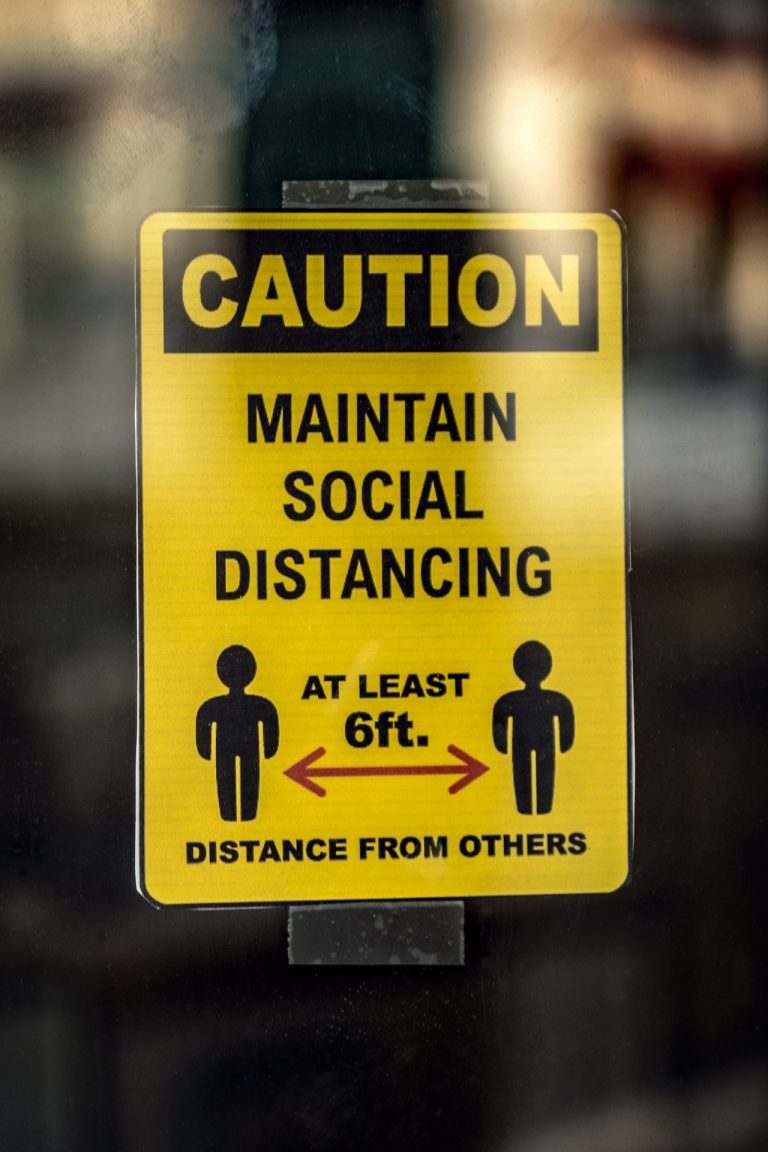Diversity in Economics

The international mobilization of the Black Lives Matter movement and the increasing calls for action against racial injustice are also shedding light on the lack of diversity in economics. The New York Times released an article, highlighting these racial disparities. The economics discipline has been historically dominated by white males. The American Economic Association’s (AEA) 2019 Annual report shows that, of tenured and tenure-track faculty, 2.2% are Black and 1.7% are Hispanic. Additionally, the AEA reports that only 5.13% of degrees in economics are earned by Blacks and 11.33% by Latino or Hispanics. The AEA has several committees for minority groups—women, race, and LGTBQ+ committees to name a few. In response to the recently heightened outcries against racism and discrimination, the AEA released a letter to its members reiterating its support for the Black Community and its commitment to diversity.
On the contrary, several economics-based leaders and organizations have been criticized for their poor response or lack of response to recent events. Larry Kudlow, Director of the White House National Economic Council, was recently quoted telling reporters, “I don’t believe there is systemic racism in the U.S.” University of Chicago economist, Harald Uhlig has received widespread backlash after referring to Black Lives Matter protestors as “flat earthers” due the movement’s initiatives to defund the police. He stated that “sensible adults” needed to re-enter the conversation on these socio-economic issues. Since Harald Uhlig’s controversial comments, the New York Times reports “a growing chorus of economists” calling for his removal as editor of the Journal of Political Economy. Janet L. Yellen, former chair of the Federal Reserve, denounced Uhlig’s comments as extremely troubling and echoed that his suitability as editor be re-evaluated. Uhlig has since apologized for his comments.
The AEA’s 2019 annual report also found only 14% of Black economists felt their race and ethnicity were respected in their field. Minority representation in STEM fields (18.83%) is higher than minority representation in economics (16.65%). The persistent dismissiveness and non-responsiveness of White Americans to racism and discrimination in the United States lies at the core of the Black Lives Matter movement. This same dismissive nature and lack of response from white economists perpetuates a lack of diversity in the field of economics. Economists are calling for change. A group of economists held a fundraiser for the Sadie Collective, an organization committed to increasing the presence of Black women in economics and related fields. In 2018, 629 Economics PhDs were awarded. However, only 5 of those degrees were awarded to Black females.
Discussion Questions:
- Discuss the lack of diversity in economics and other STEM fields, such as mathematics. How can we increase the presence of minorities in quantitative fields?
- What is systemic racism? Define this notion and discuss how it impacts minorities as it relates to education, employment, and home ownership.
Sources: New York Times “Economics, Dominated by White Men, Is Roiled by Black Lives Matter” by Ben Casselman and Jim Tankersley; American Economics Association (AEA) “REPORT OF THE COMMITTEE ON THE STATUS OF MINORITY GROUPS IN THE ECONOMICS PROFESSION (CSMGEP) DECEMBER 2019.”













